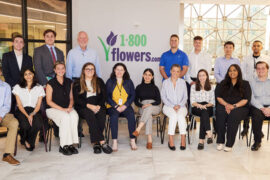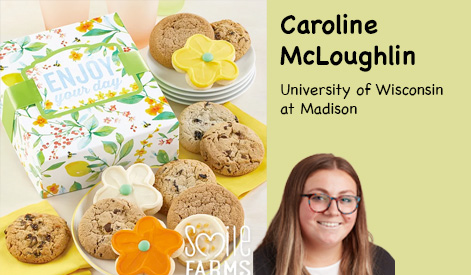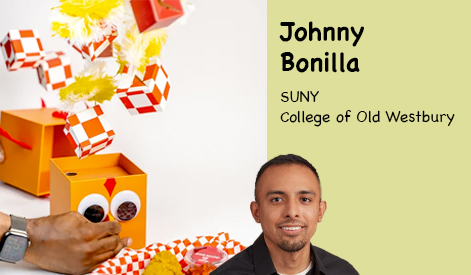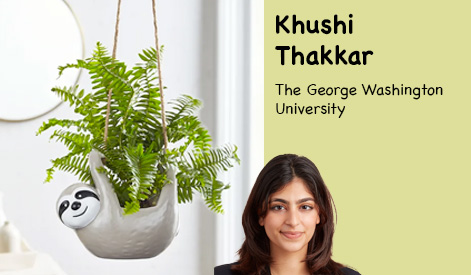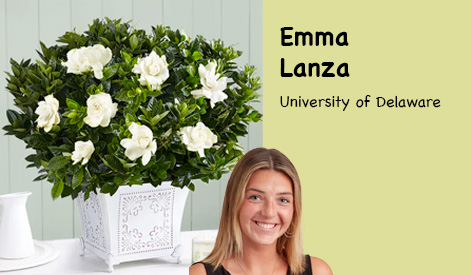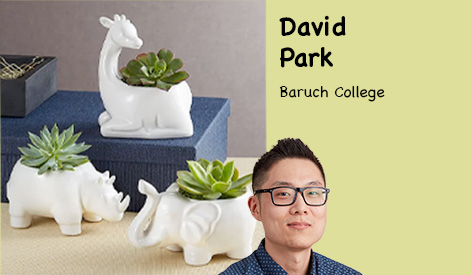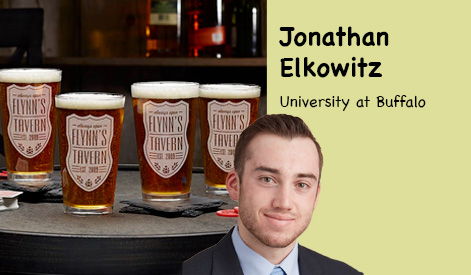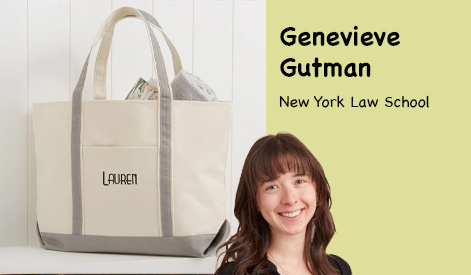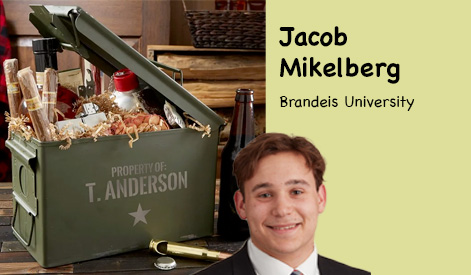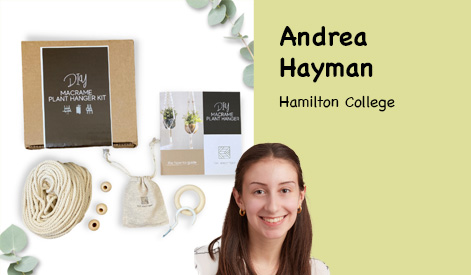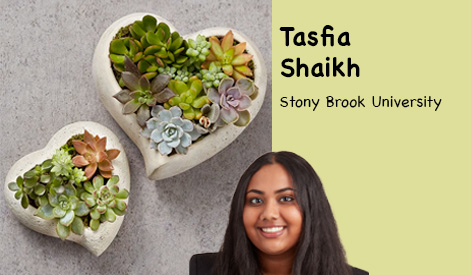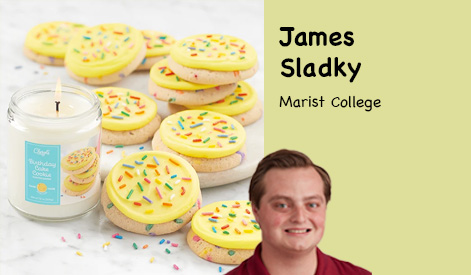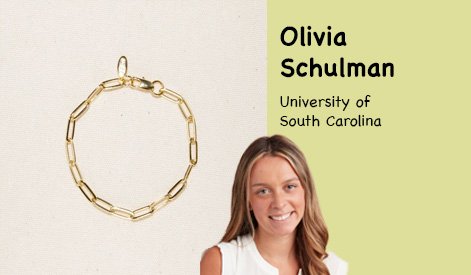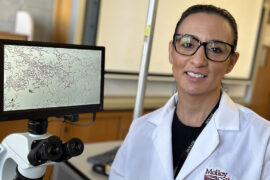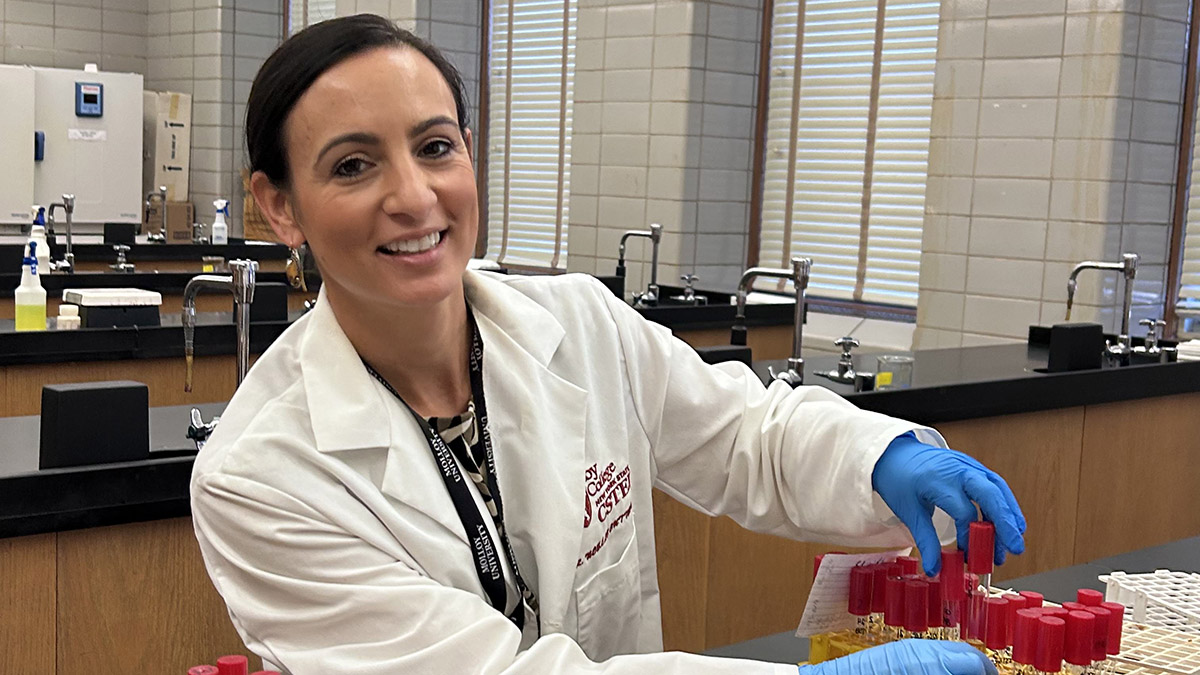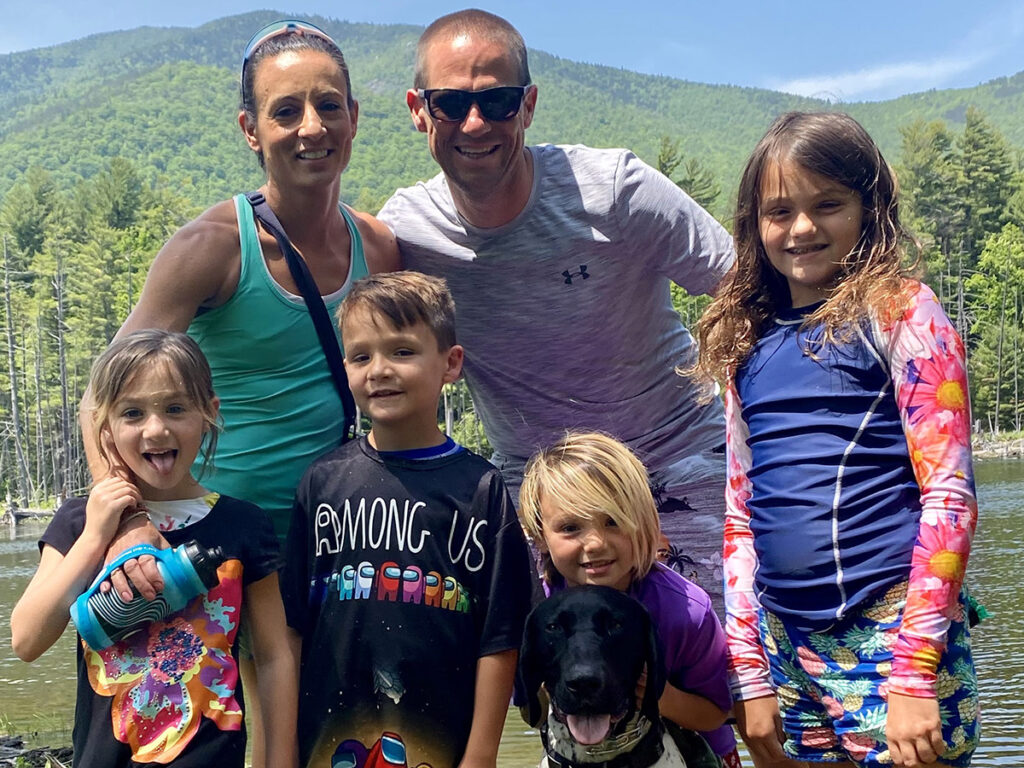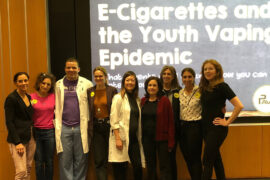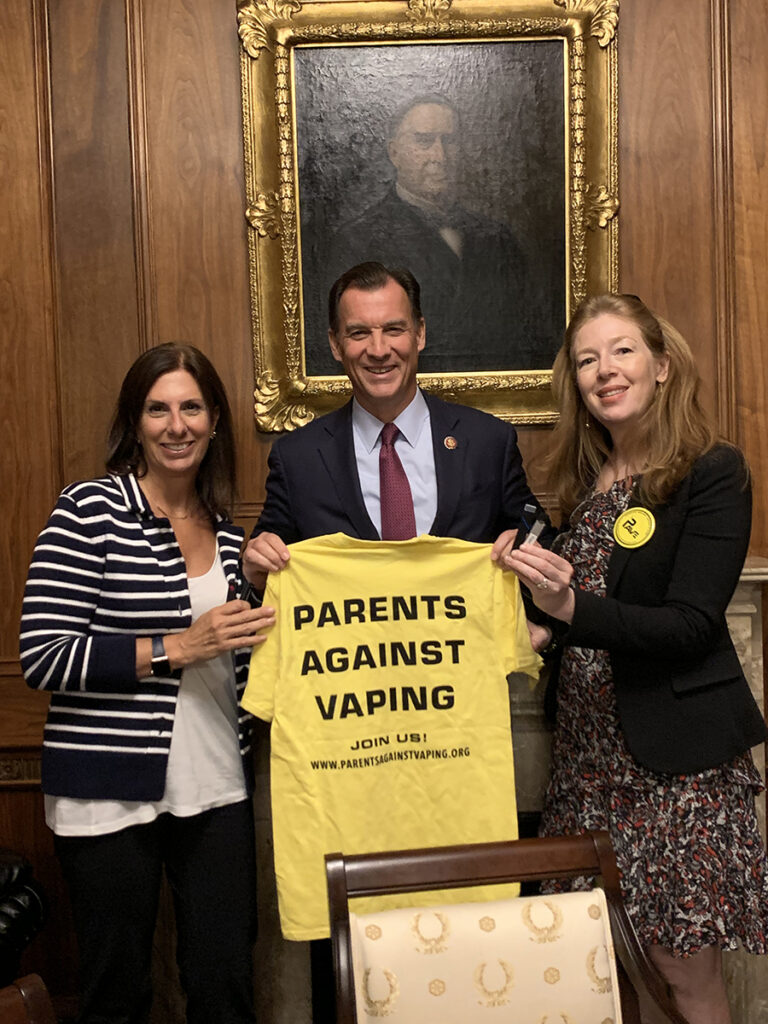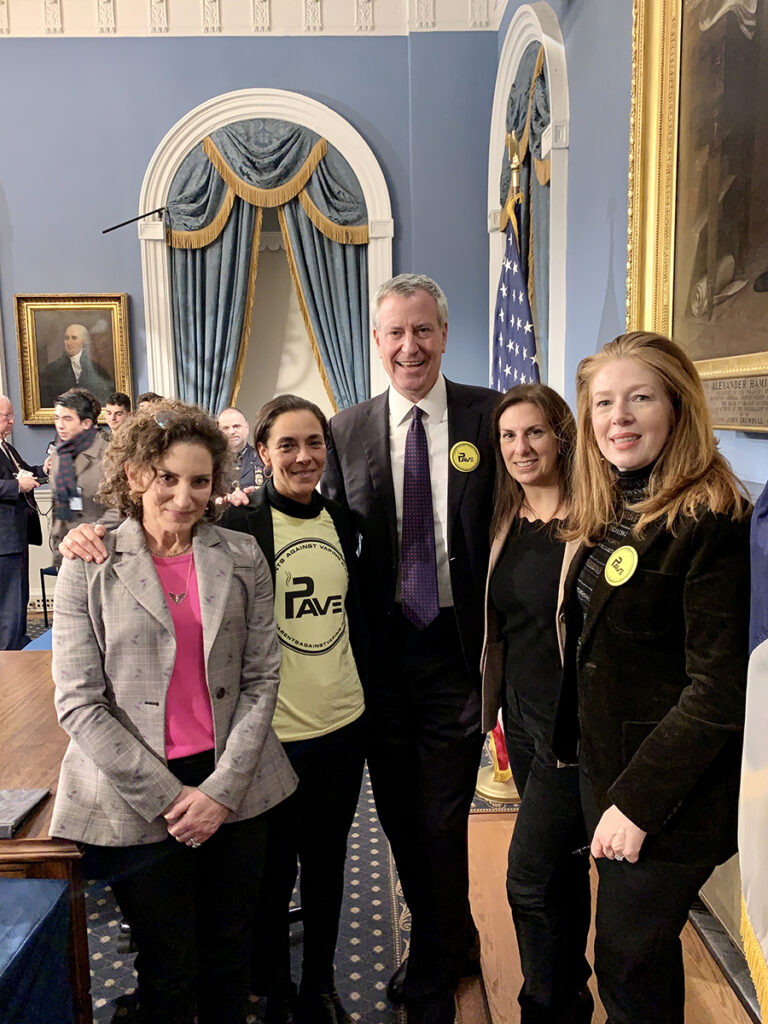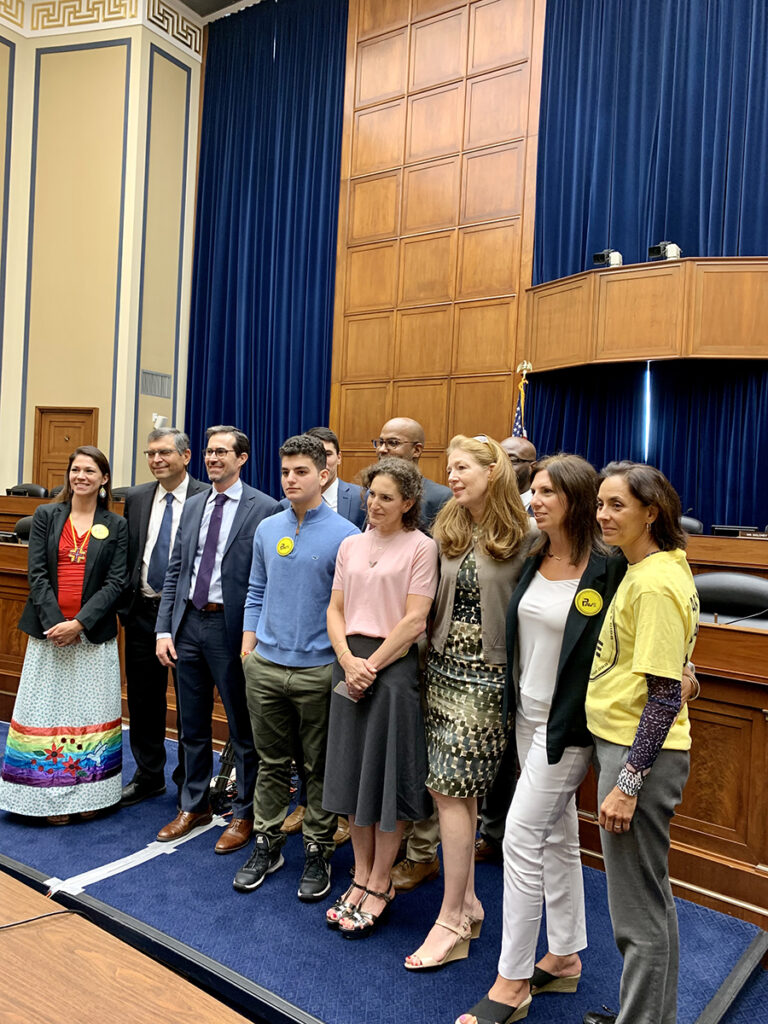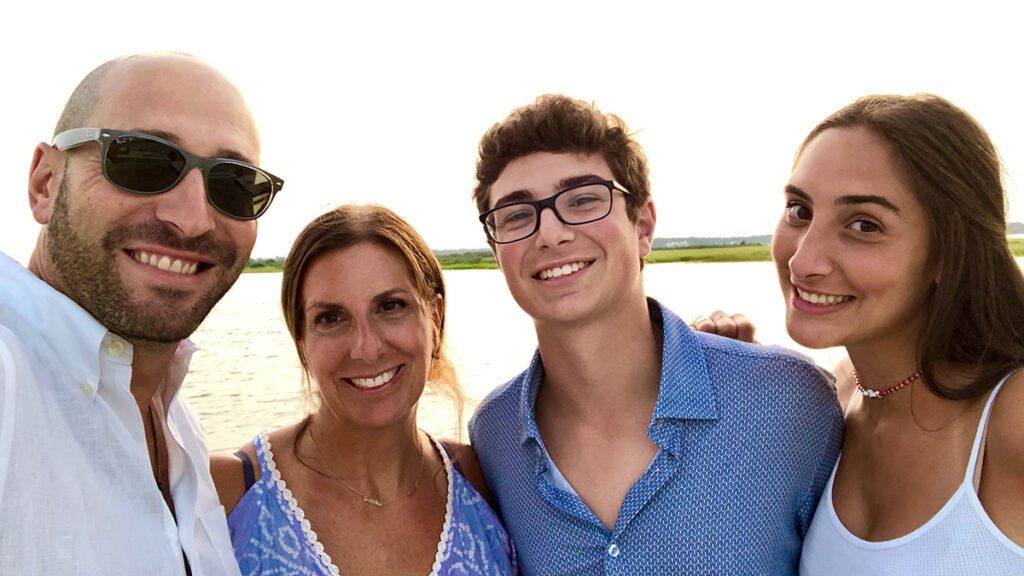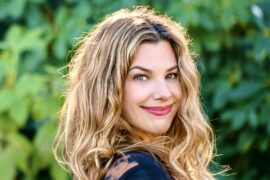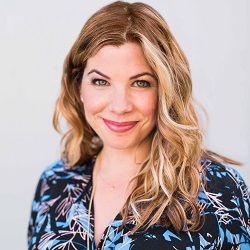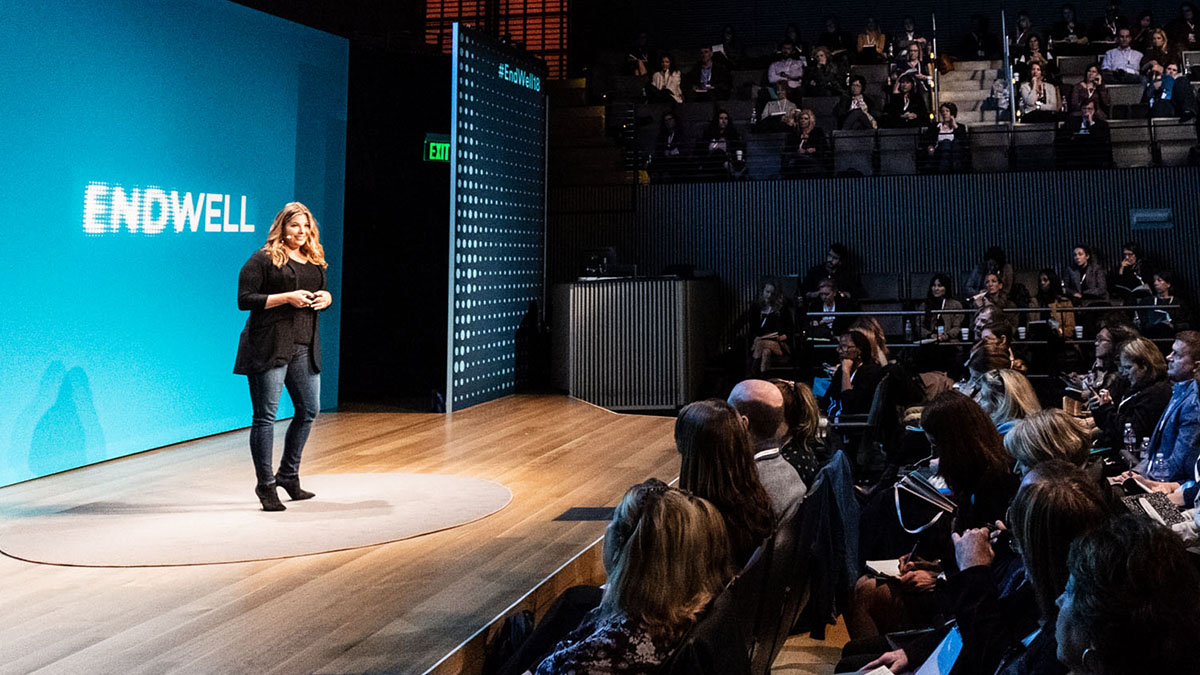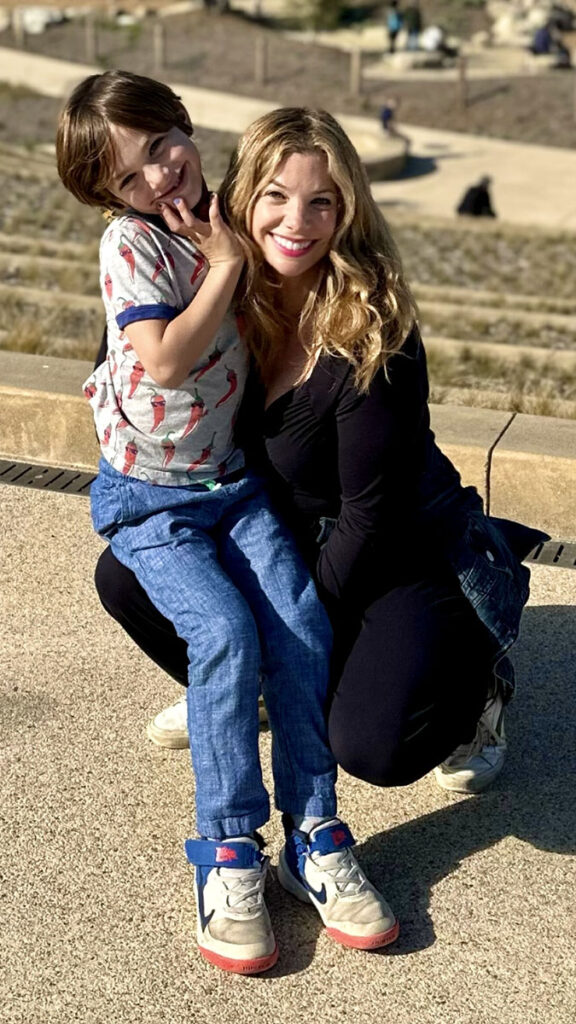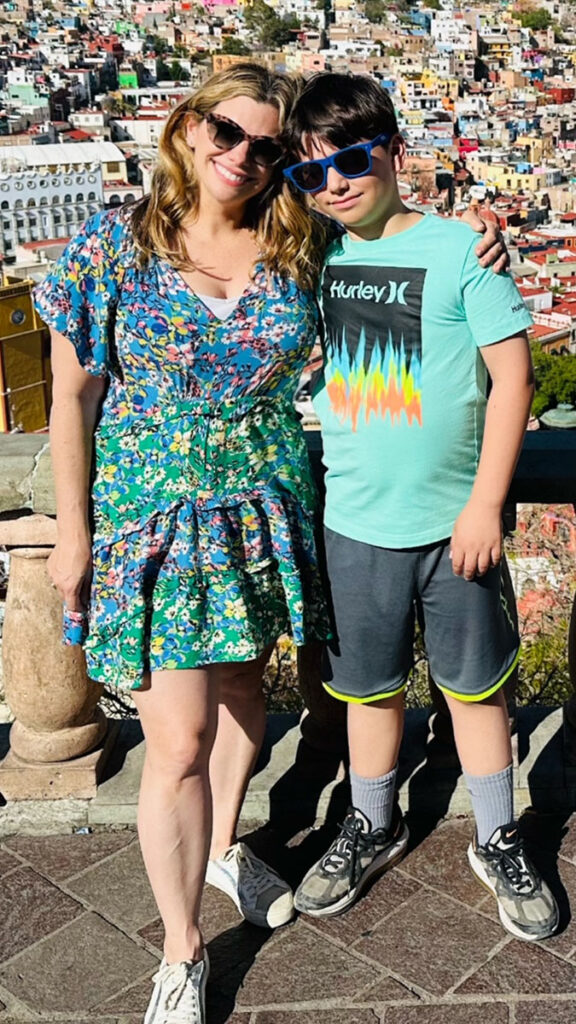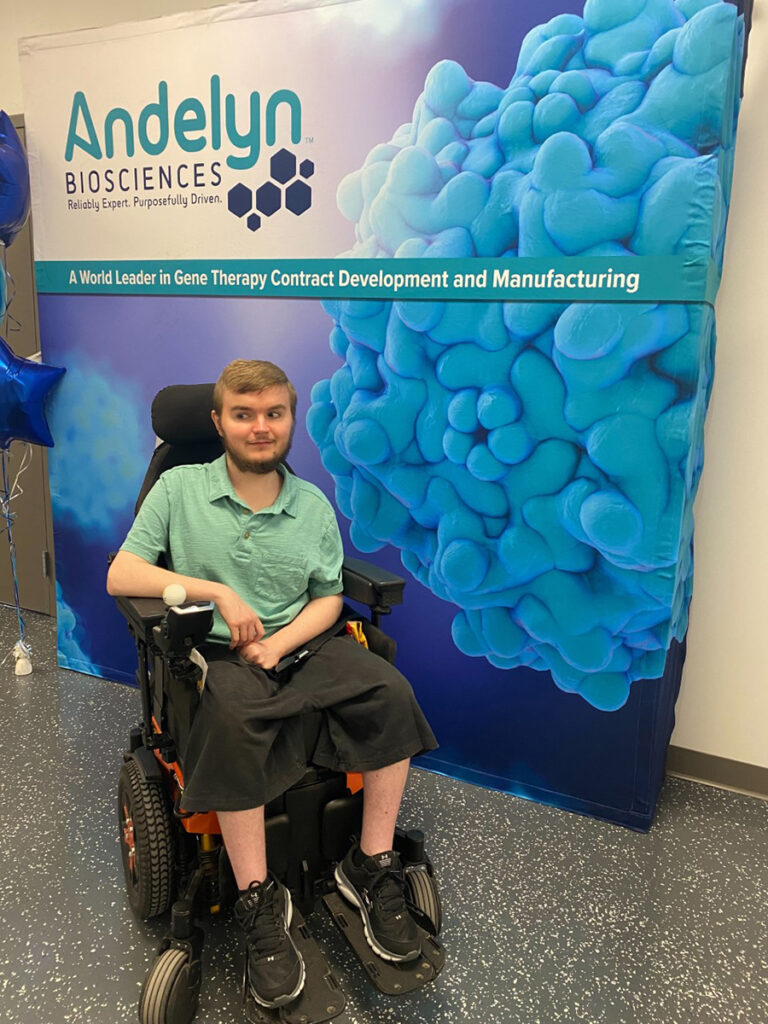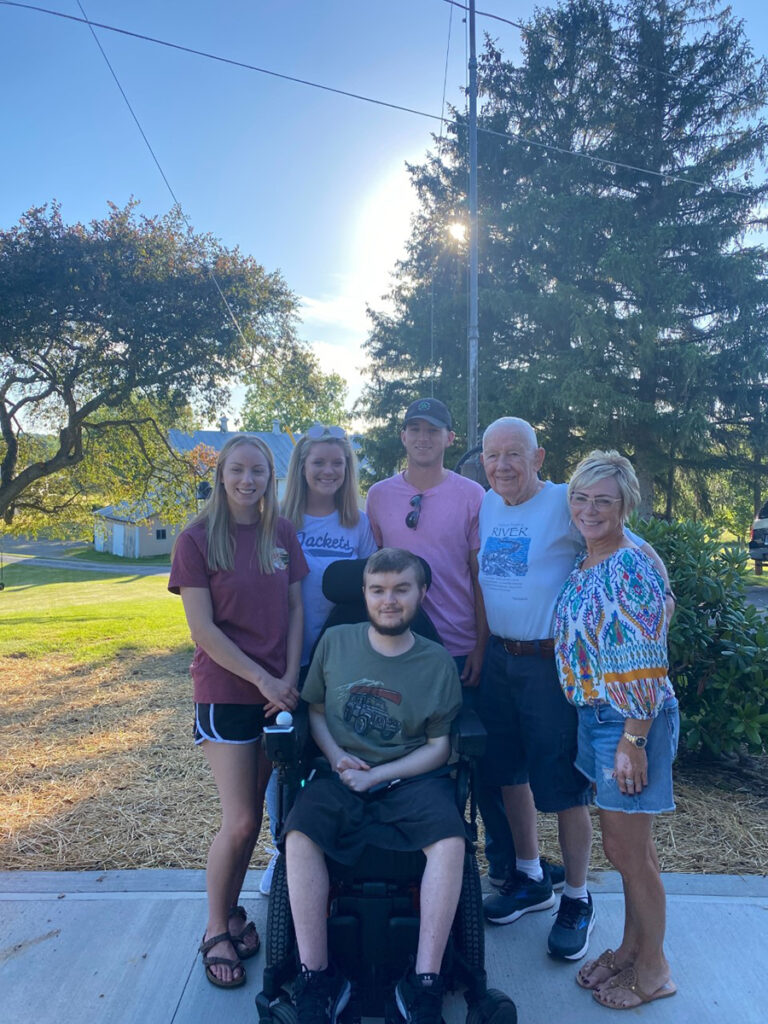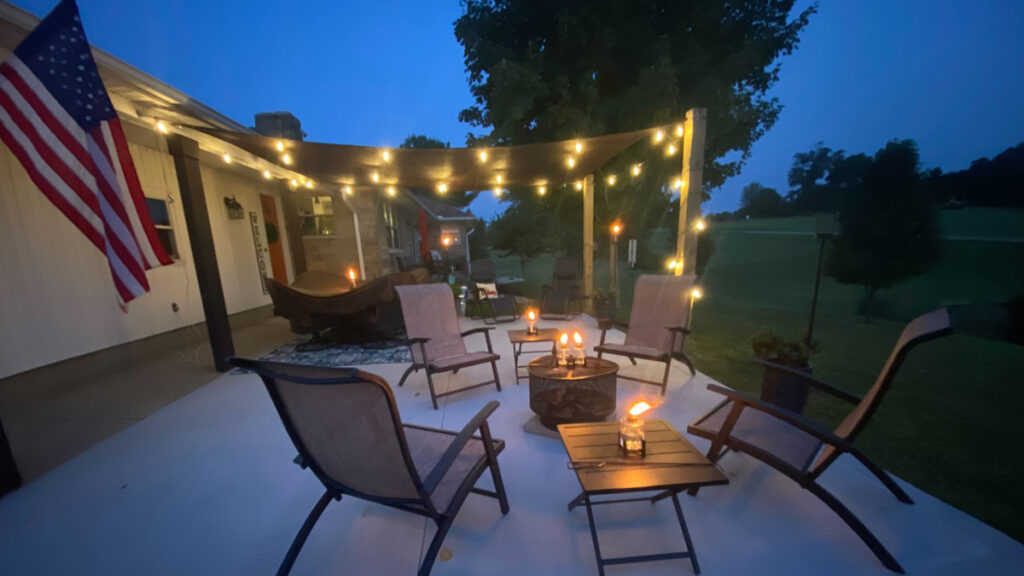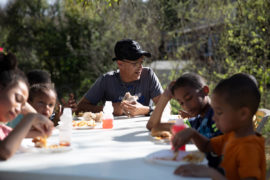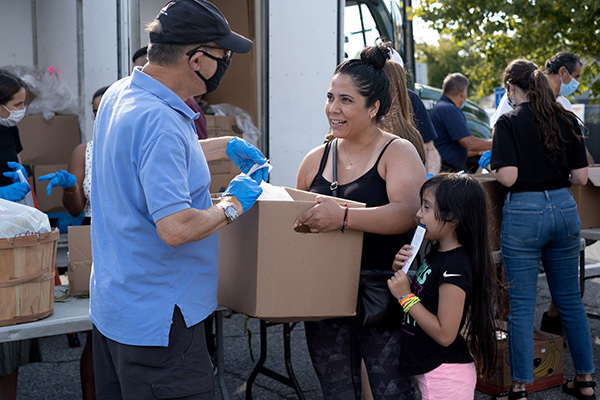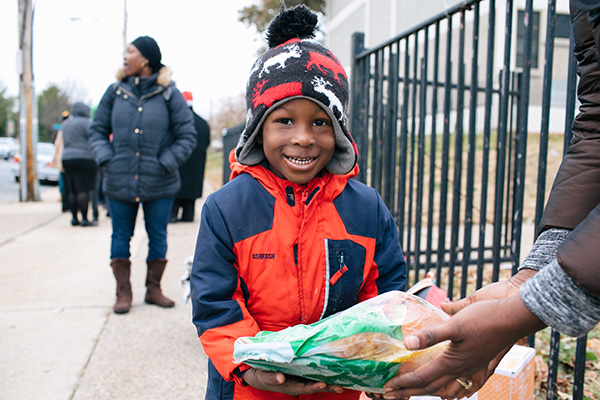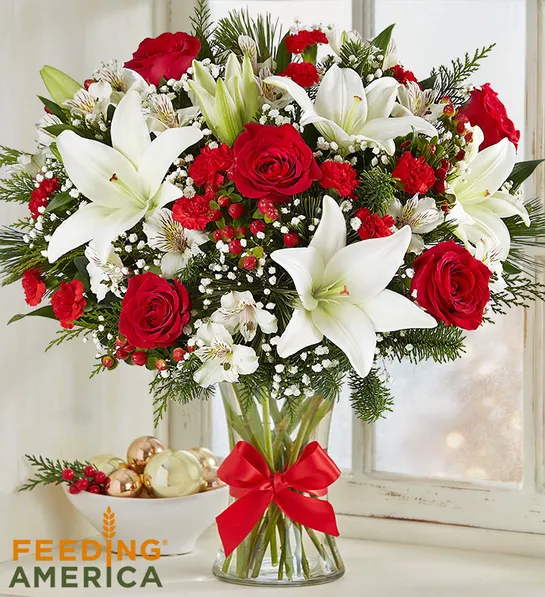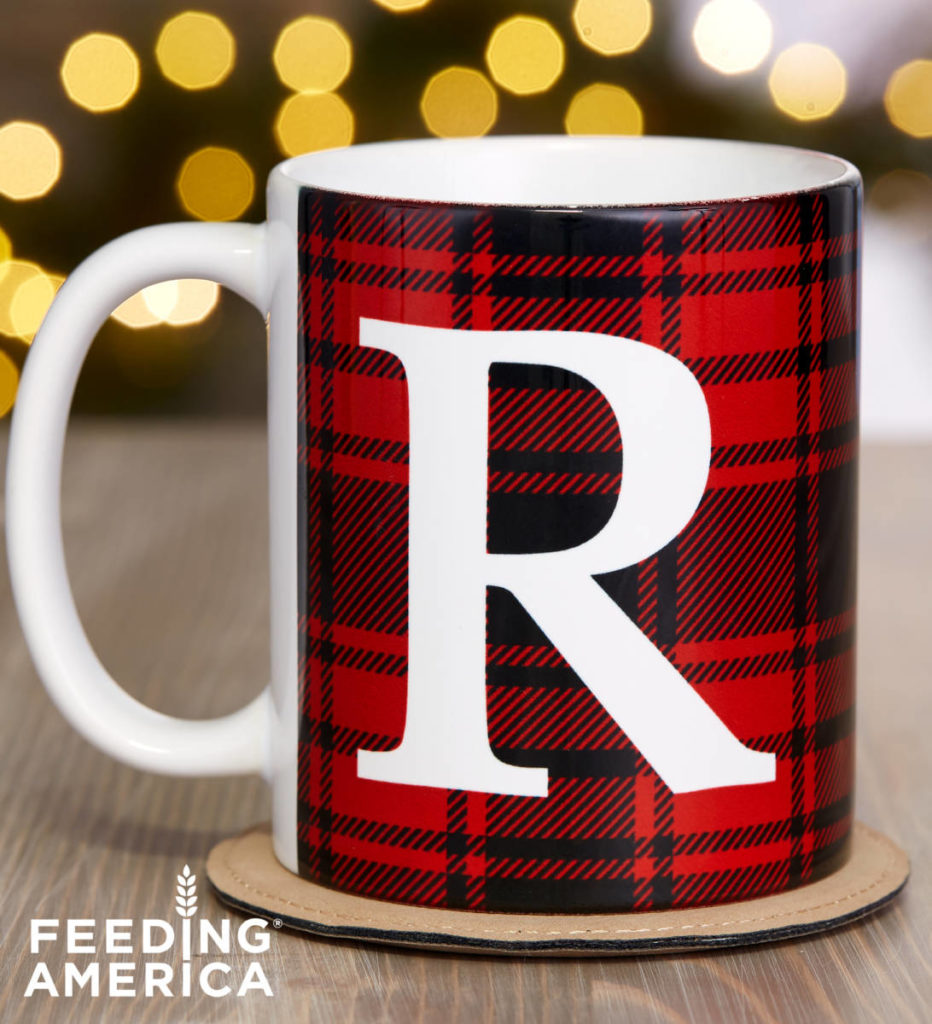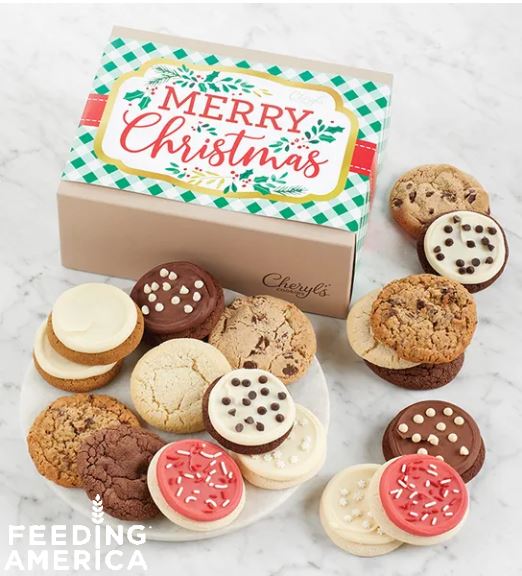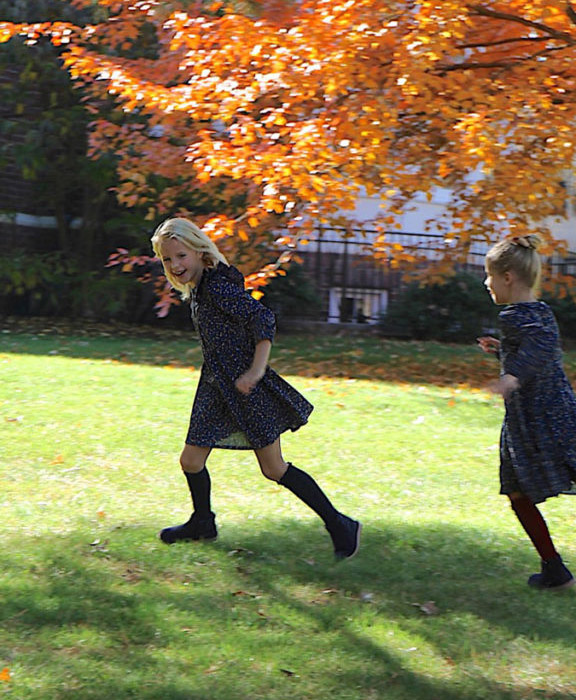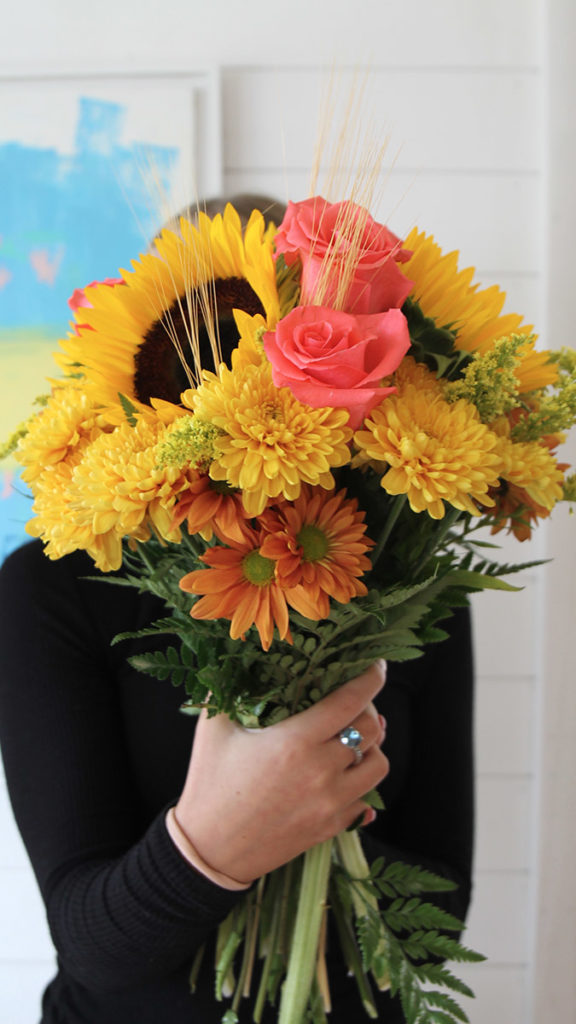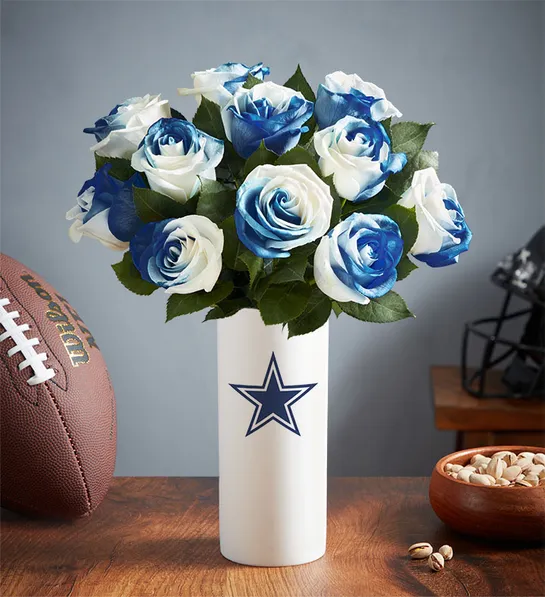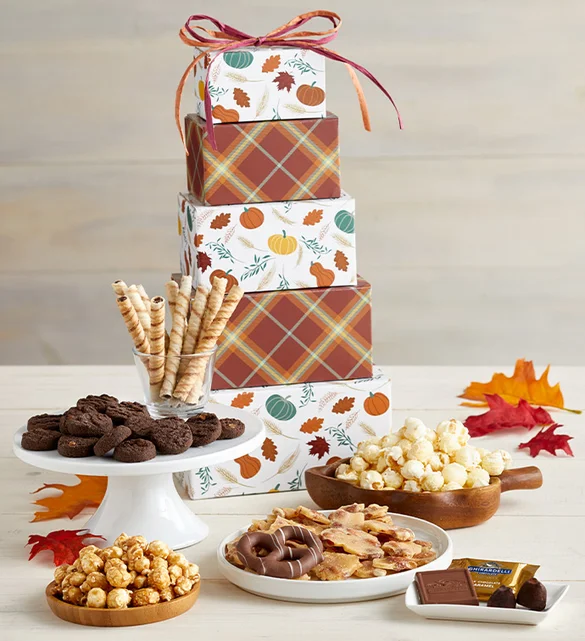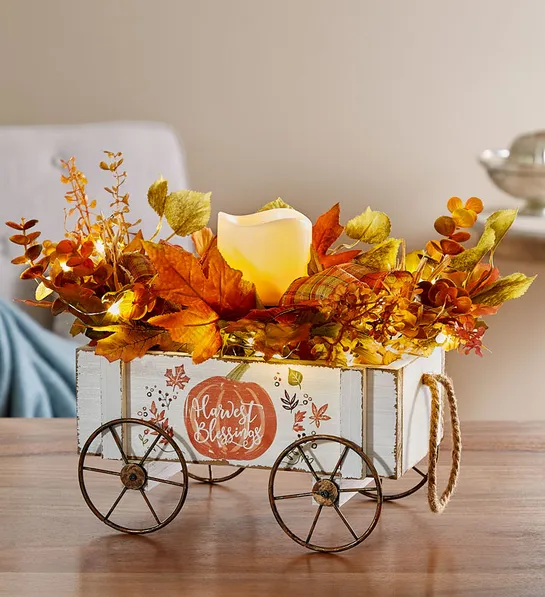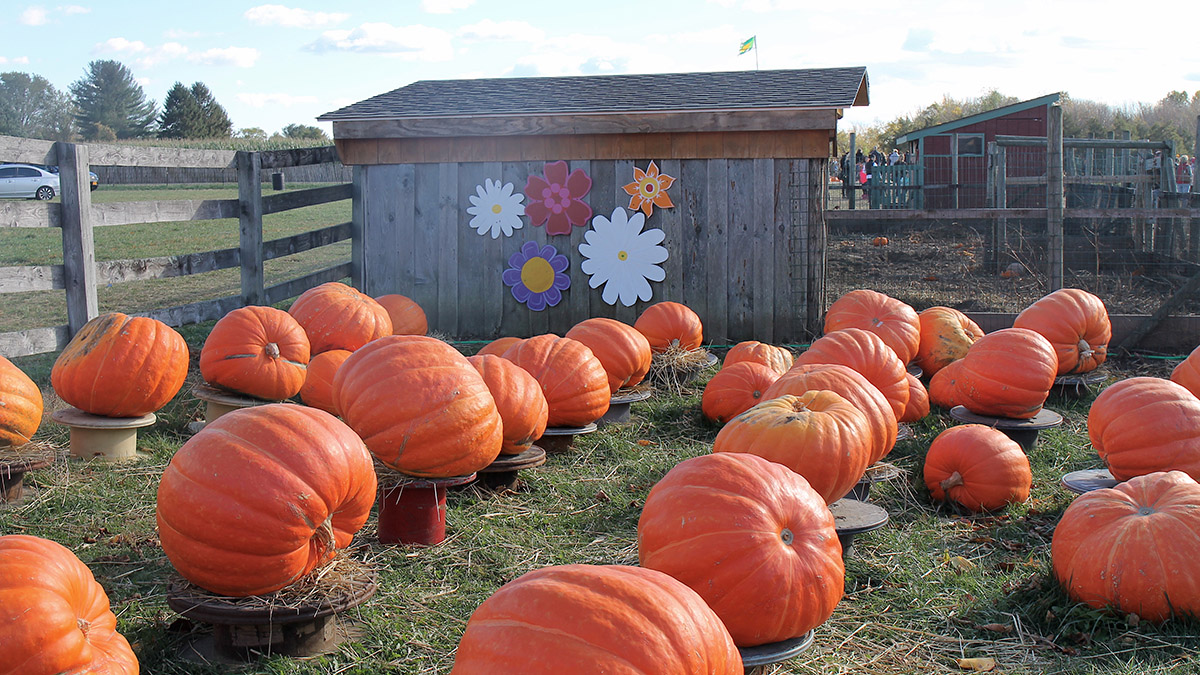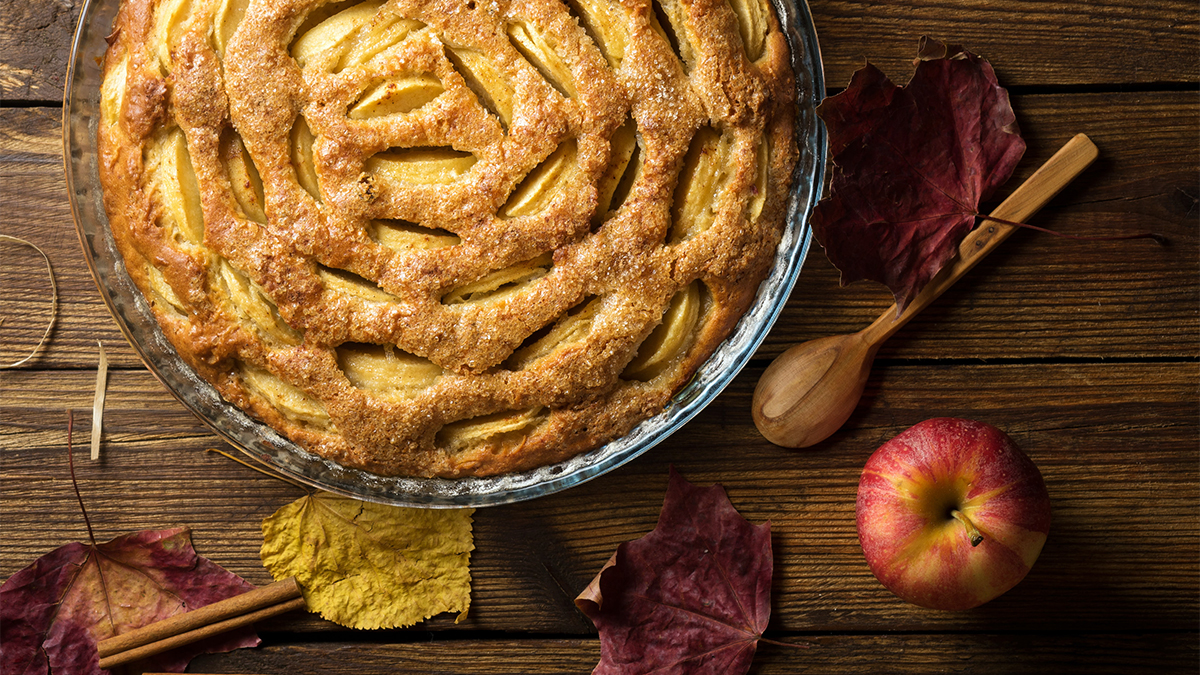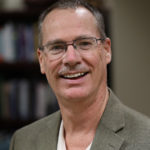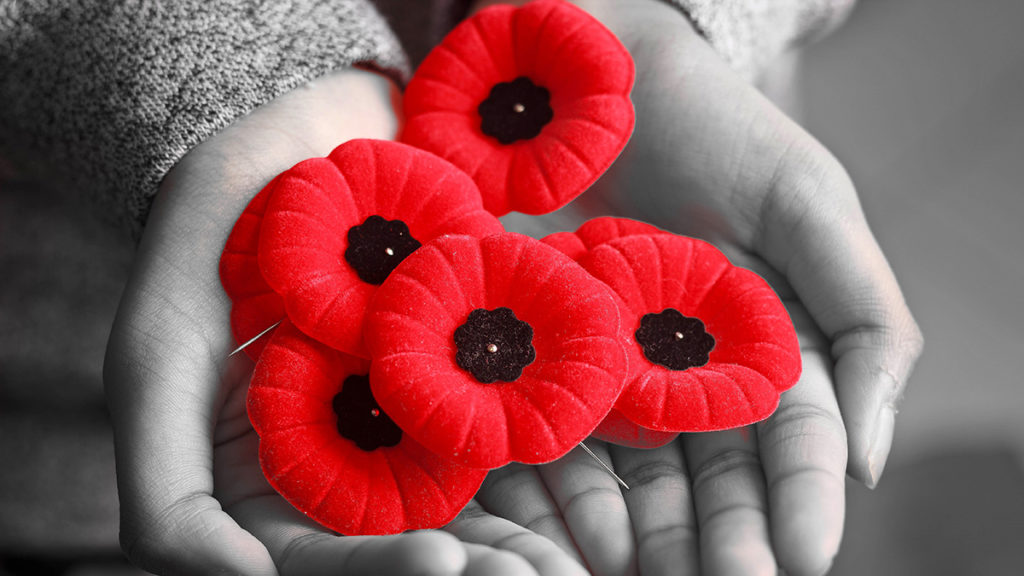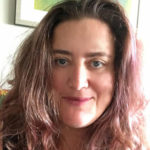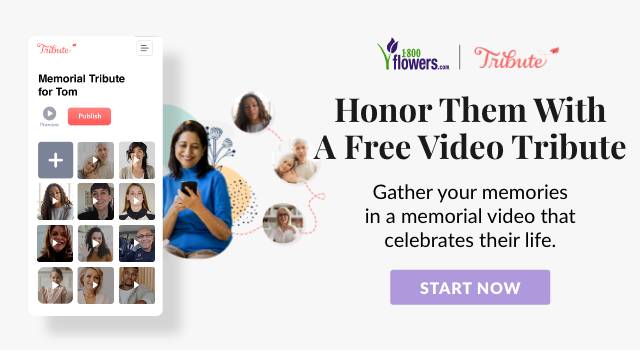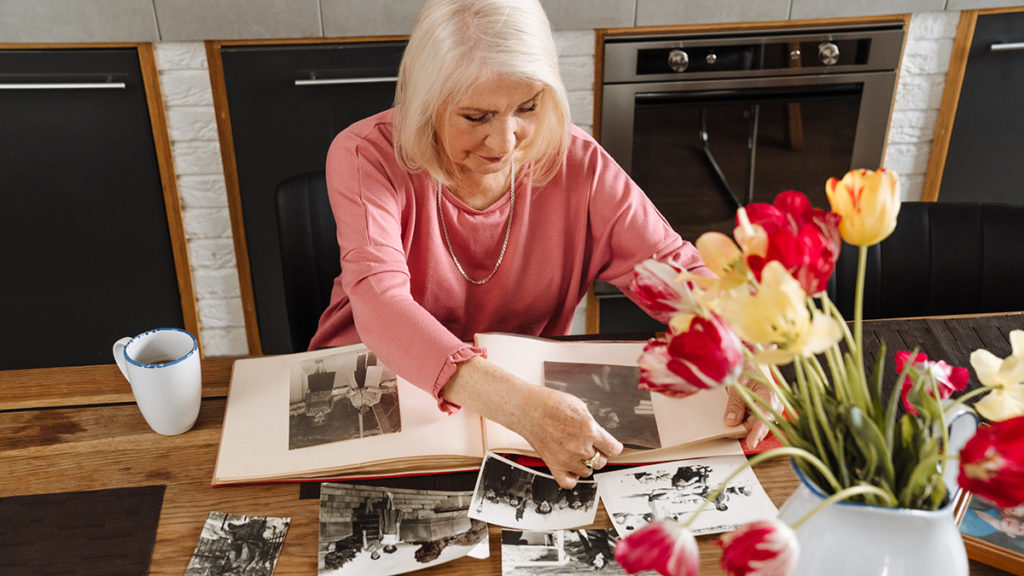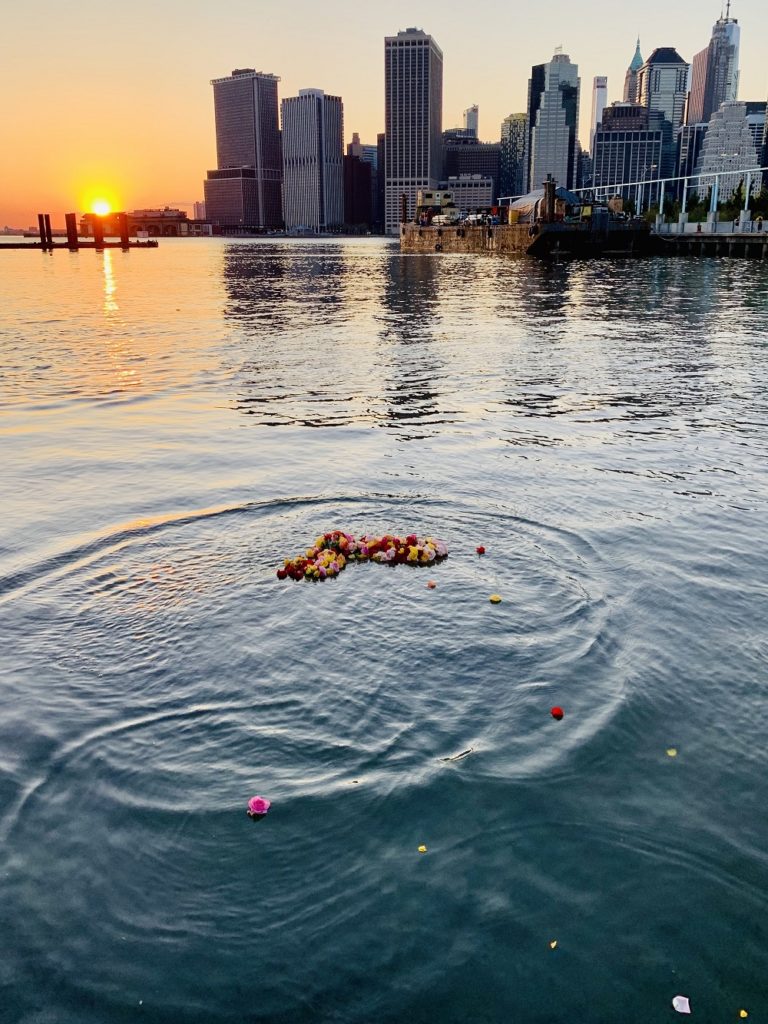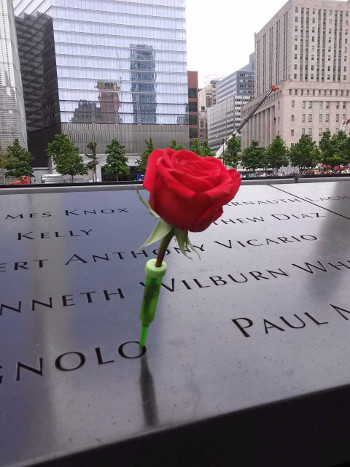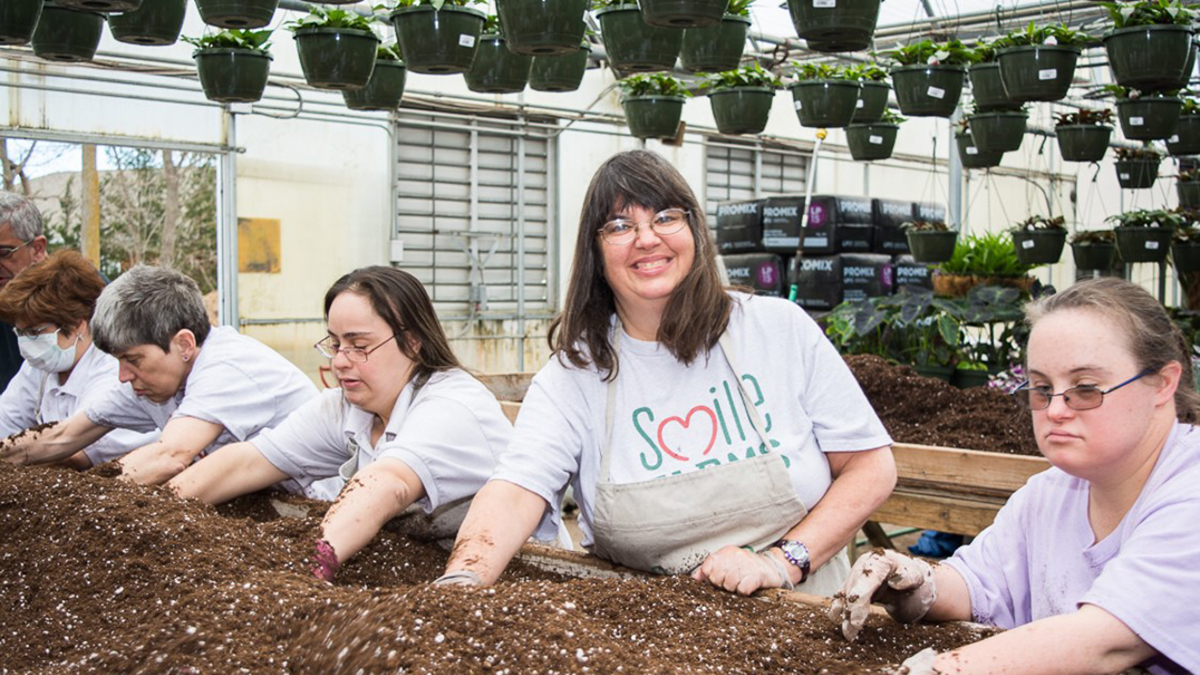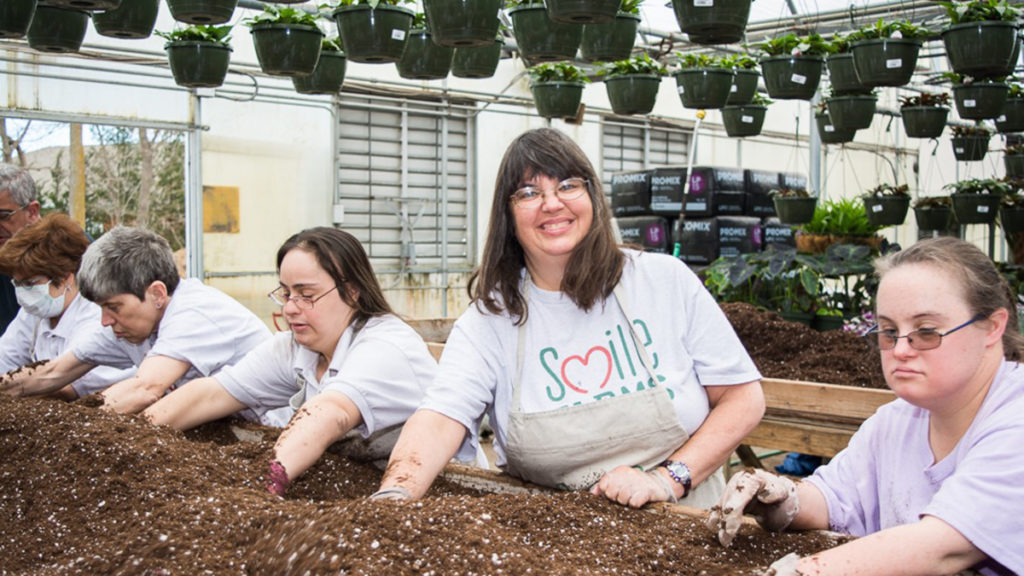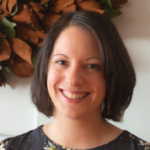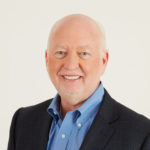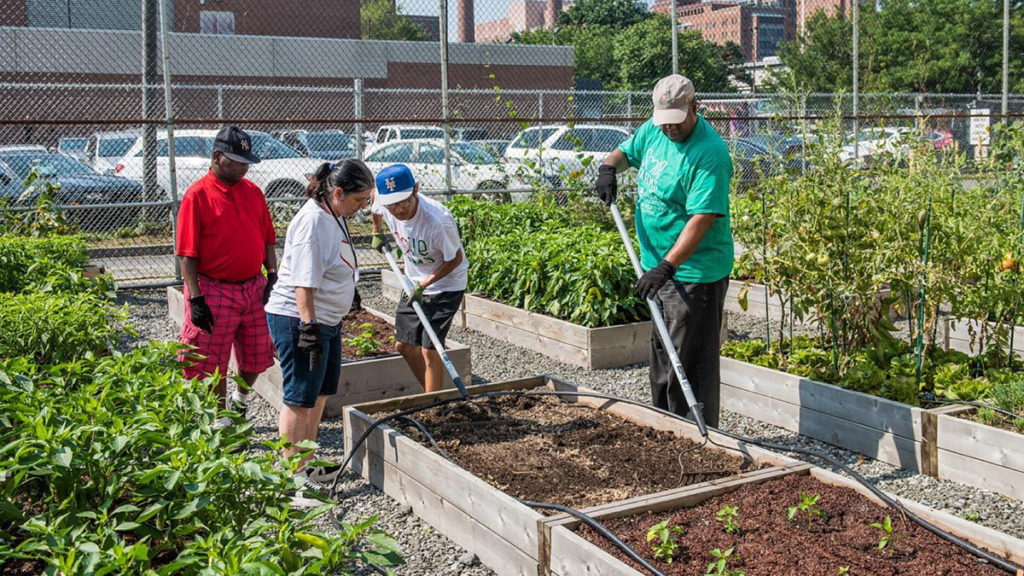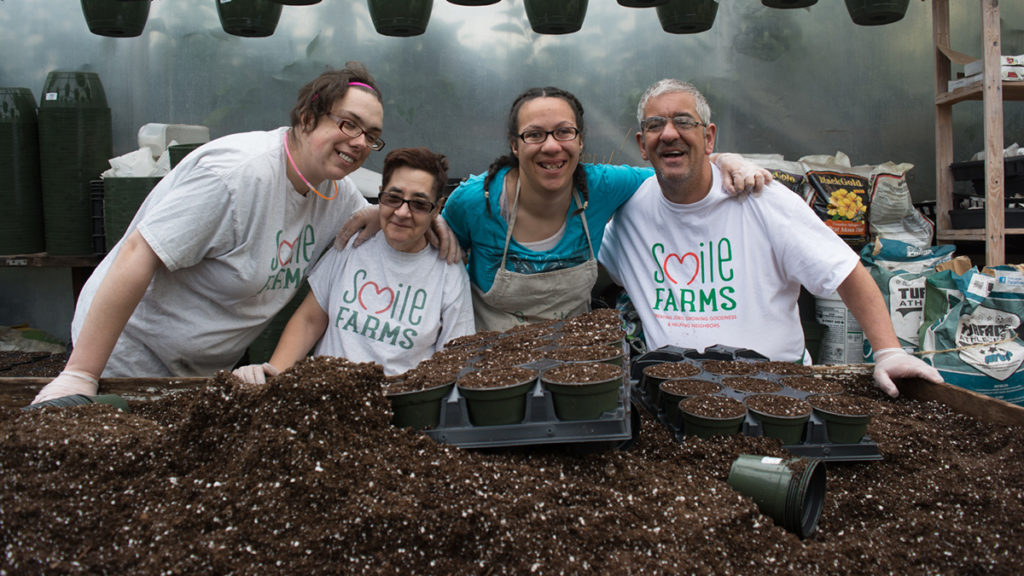Buying gifts is fun, but, of course, it’s easier if you have an idea of what the recipient likes. And when it comes to Gen Z, that insight can be elusive. Between the speed at which Gen Z-ers launch themselves through life and their laser-focused-yet-fleeting interests, keeping up with them can seem impossible.
Take a breath. These 18- to 24-year-olds love fun, unusual gifts, and, since they are often either living in dorms or a starter apartment, gravitate toward cool but practical home-style items. They also go for tasty treats to share with friends.
Every summer we introduce our interns to the sprawling variety of products under the 1-800-Flowers.com umbrella and enjoy watching as they quickly become intimately familiar with our brands. After their 10 weeks with us are over, we’re curious: What’s their favorite gift item? Here’s what they told us before they headed back to college.
Care package 101
Although Caroline McLoughlin says she “would send the Smile Farms Enjoy Your Day Cookie Gift Box to a friend because there’s nothing better than receiving cookies in the mail,” we suspect she might be delighted to receive this assortment herself. After all, with six different cookie flavors, roommates and friends can share the wealth.
As Caroline notes, the cookies help support Smile Farms, 1-800-Flowers.com’s signature philanthropic partner. The organization creates meaningful work opportunities for people with disabilities in agriculture and hospitality. “They’re helping a great cause,” she says.
Another gift that’s perfect for sharing? The Chicken Wing Cake Box Surprise, a favorite of intern Johnny Bonilla, who worked in our Growth Marketing department.
“This gift makes for a fun moment when people are gathered around,” Johnny explains. “We tested it in the office, and it was a memorable experience!”
When you open the chicken-themed box, feathers pop out and music starts. Then, you see the “chicken wings” — made of cake — and “hot sauce,” which is raspberry sauce for dipping. It’s a delicious novelty gift.
Green gifts
IT intern Khushi Thakkar fell in love with Sammy the Sloth over the summer. She says she’ll happily share him with others, “because plants tend to last longer than flowers, so my friends can appreciate the gift longer. Also, I think the cute sloth would liven up their space (and I love how he hangs from the ceiling!).”
The Sammy the Sloth ceramic hanging planter arrives with a trailing mini Boston fern plant. FYI: Sammy is just as content relaxing on a desk or windowsill as hanging from the ceiling. He’s a chill guy.
Emma Lanza went green too, choosing the lush Grand Gardenia in an antique-inspired planter as her favorite.
“I would buy this product as a gift because my friends love to have and grow plants in their rooms, and this is a present that will last for a while.”
The Grand Gardenia comes in various sizes to suit different budgets and includes the option of adding a Yankee Candle® in a fresh gardenia scent as a bonus.
Safari Animal Succulents are a fun yet practical favorite selected by David Park, who interned in our Vendor Relations department.
“These would make a great gift because they are long-lasting ornaments with cute designs that everyone can enjoy. The succulents enjoy indirect sunlight, and the animal pots are very small, so placement is very flexible.”
David also notes that succulents are easy to care for, so people with no plant experience don’t need to freak out! You can buy the animals as a set of three or choose your favorite separately.
Making it personal
Jonathan Elkowitz, who interned in our Florist Operations department, voted for our customizable beer glasses. You can get four lines of text etched onto the Beer Label Personalized 16oz. Pint Glass, which is made in the U.S.
“I chose this because it’s an affordable product that I know my friends would use every day,” Jonathan says.
If the glass is a hit, consider adding a beer pitcher option for especially thirsty friends.
Our Deluxe Weekender Embroidered Tote caught Legal intern Genevieve Gutman’s eye.
“It is both useful and fashionable,” she explains. “It’s nostalgic, too, because it is a tote that’s reminiscent of a lot of [Gen Z’s] childhoods because their parents used it often.”
The bag comes in three colors and is made of sturdy heavy-weight natural canvas. Pockets inside and out make stashing items a breeze, and it even has a handy key holder.
Jacob Mikelberg, who interned with the Business Gift Services team, says the Authentic Personalized 50 Cal Ammo Box would garner rave reviews from his friends.
“It is incredibly unique and a gift few people would think of,” he says, stressing the novelty and authenticity of the item.
Indeed, this is a genuine, used military surplus item, and there may be very authentic scratches, scuffs, and dents! You can personalize the steel box with a name and one line of text.
Fun DIY gifts
Customer insights intern Zoila Mendez gushes over the DIY Painting Set with Wine.
“I absolutely adore the concept of spending quality time with a friend or loved one through this creative and enjoyable activity,” she says.
The set for two comes complete with two paint-by-number canvases, a corresponding numbered paint set, paint brushes, and a bottle of full-bodied Harry & David™ Ross Lane Red to help the artistic juices flow.
Whether you’re a fan of plants or crafts, the DIY Macrame Plant Hanger Kit has you covered, raves Andrea Hayman, who interned with the Growth Marketing team.
“I like that it’s an interactive gift and something a friend could use for one of their plants,” Andrea explains. “It’s also an affordable price, and something I would be happy to receive as well!”
The kit is perfect for macramé beginners and includes natural-color cotton rope, a wooden ring and beads, and a sturdy ceiling hook on which to display your finished work.
Birthday bounty
Customer experience intern Tasfia Shaikh didn’t hesitate: She would be thrilled to receive the Sweet Succulent Heart Garden for her birthday.
“I love how the succulents are arranged in a heart shape. It is a very unique product and a long-lasting decoration for any room.”
She adds: “It is also easy to care for, making it a perfect gift for anyone who is interested in plants.”
The Birthday Candle & Cookies Gift was Fruit Operations intern James Sladky’s top choice.
His reasoning? “I like how it is two gifts in one: They enjoy the cookies and then get to savor the smell of them for weeks after, and they will always be reminded of the gift.”
A dozen buttercream-frosted birthday cake cookies are included, along with a candle of the same delicious scent.
Customer Insights intern Olivia Schulman singled out the Anne Bracelet as her favorite product.
“I think this would be the perfect gift to send to a friend,” she says. “The bracelet is simple, timeless, and perfect for layering with other bracelets or wearing alone.”
The gold paper-clip design comes in three sizes.
